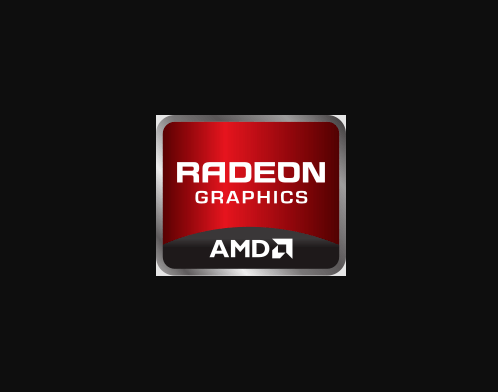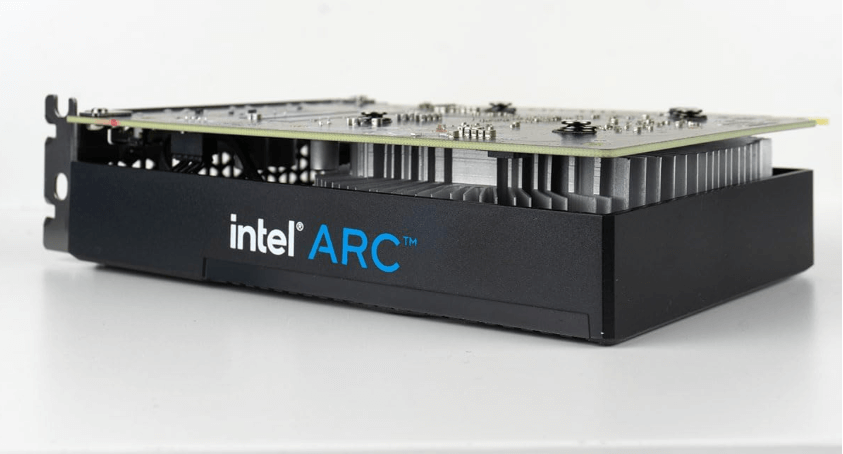Our Best & Top Trending Brands This Week
Top & Best Gaming CPUs

CyberPowerPC Gamer Xtreme VR Gaming PC
A powerful prebuilt gaming PC with Intel Core i5-13400F and RTX 5060 for top-tier performance.
- Intel Core i5-13400F
- GeForce RTX 5060 8GB
- 16GB DDR5 RAM
- 1TB PCIe 4.0 SSD
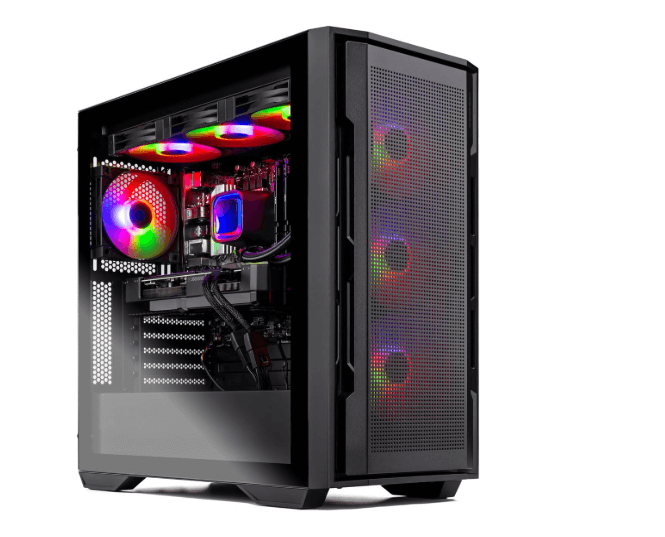
Skytech Rampage Gaming PC Desktop
An ultimate gaming desktop with Ryzen 7 9700X and RTX 5070 Ti for unparalleled performance.
- Ryzen 7 9700X Processor
- NVIDIA RTX 5070 Ti 16GB
- 32GB DDR5 RAM
- 1TB Gen4 SSD
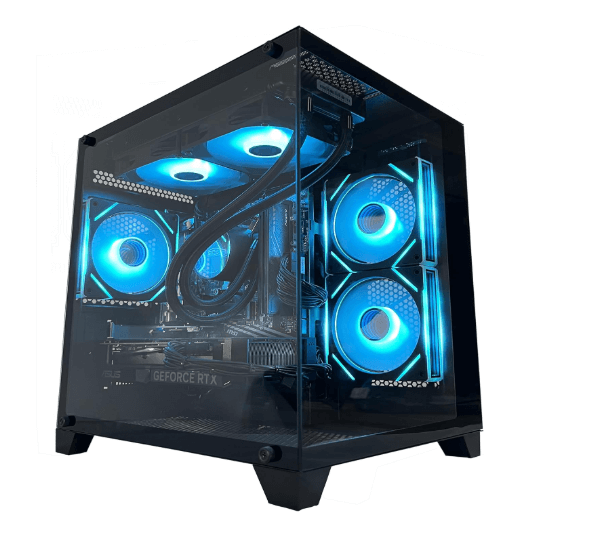
YAWYORE Gaming PC Desktop Computer
An affordable gaming PC with AMD Ryzen 5 5600GT, ideal for gaming, design, and office tasks.
- AMD Ryzen 5 5600GT
- 16GB DDR4 3200MHz
- 1TB M.2 NVMe SSD
- WiFi & Windows 11
Top & Best Gaming Mouse
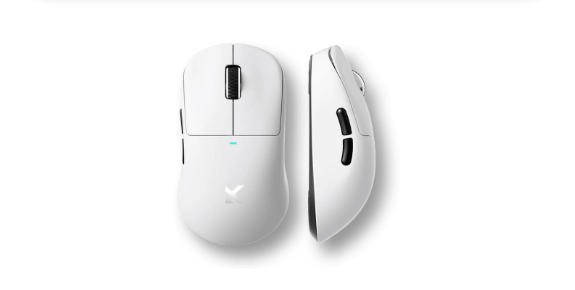
MCHOSE M7 Ultra Wireless Gaming Mouse
A top-tier, ergonomic, and ultra-lightweight gaming mouse with tri-mode connection and 8K polling.
- Tri-Mode Connection
- 8K Polling Rate
- 53g Lightweight Design
- Ergonomic Shape
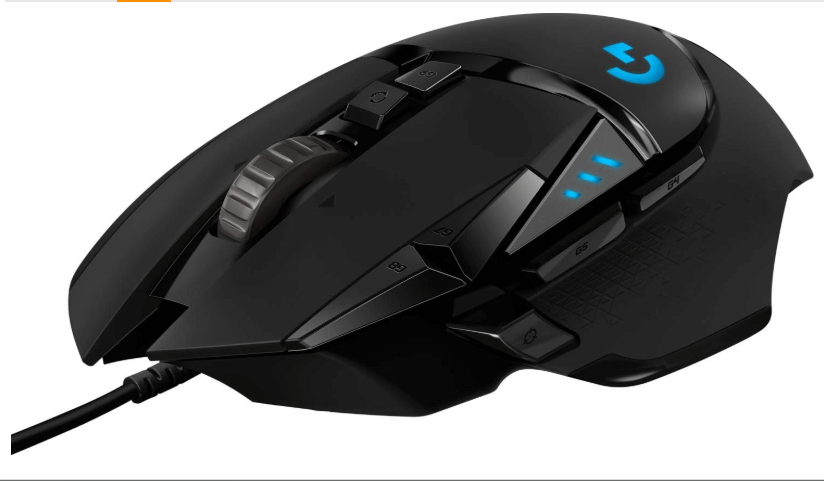
Logitech G502 HERO High Performance Wired Gaming Mouse
A top-selling wired gaming mouse with HERO 25K Sensor, adjustable weights, and 11 programmable buttons.
- HERO 25K Sensor (25,600 DPI)
- Adjustable Weights
- 11 Programmable Buttons
- RGB Lighting
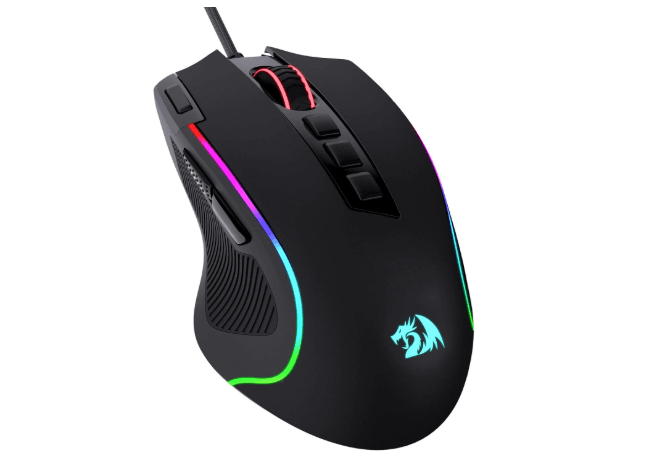
Redragon M612 Predator RGB Gaming Mouse
A versatile gaming mouse with 11 programmable buttons and dedicated software for personalized control.
- 11 Programmable Buttons
- Up to 8000 DPI
- RGB Backlighting
- Ergonomic Design

UtechSmart Venus Pro RGB MMO Gaming Mouse
A top-rated MMO gaming mouse with high precision, programmable buttons, and ergonomic design.
- Programmable Buttons
- High Precision Sensor
- RGB Backlighting
- Adjustable Weight System
Top Gaming Consoles
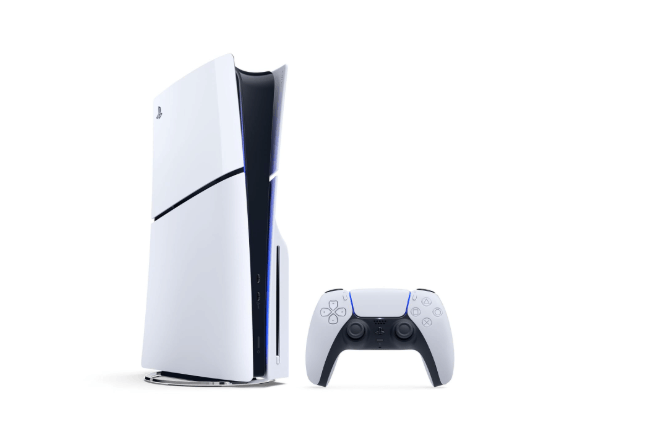
Sony PlayStation 5
Experience stunning 4K gaming, lightning-fast loading, and immersive haptic feedback with this top console.
- Ultra-High-Speed SSD
- 4K-TV Gaming
- Ray Tracing Support
- DualSense Controller

Microsoft Xbox Series X
The fastest, most powerful Xbox ever, delivering true 4K gaming and up to 120 FPS.
- True 4K Gaming
- Up to 120 FPS
- Custom SSD & Quick Resume
- Backward Compatibility
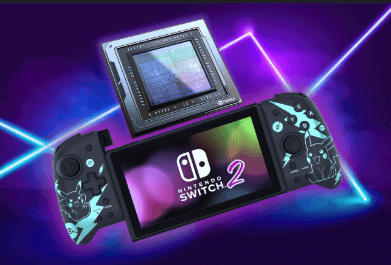
Nintendo Switch OLED Model
Features a vibrant 7-inch OLED screen and a new dock with a wired LAN port for enhanced portable gaming.
- 7-inch OLED Screen
- Wide Adjustable Stand
- Wired LAN Port on Dock
- 64 GB Internal Storage
Our Top Headset Picks
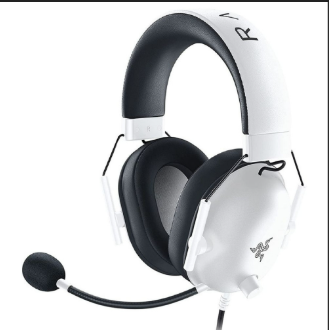
Razer BlackShark V2 X Gaming Headset
Experience immersive 7.1 surround sound with 50mm drivers and ultra-soft memory foam cushions. Perfect for PC, PS4, PS5, and Switch.
- 7.1 Surround Sound
- 50mm Razer™ TriForce Drivers
- Advanced Passive Noise Cancellation
- FlowKnit Memory Foam Ear Cushions
- Lightweight design (240g)
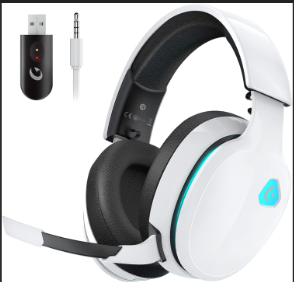
Gtheos Bluetooth Headphones
Wireless over-ear headphones with deep bass, 60 hours playtime, and built-in mic. Comfortable for travel and daily use.
- 60 Hours Playtime
- Hi-Fi Stereo Deep Bass
- Bluetooth 5.3
- Built-in Mic
- Foldable Design

Ozeino Wireless Gaming Headset
Low-latency 2.4G wireless and Bluetooth headset with 3 EQ modes, perfect for PS4/5, PC, Switch.
- 2.4G Wireless & Bluetooth
- 3 EQ Modes
- Detachable Noise-Cancelling Mic
- Comfortable Earmuffs
- Long Battery Life
Our Top Gaming Monitor Picks
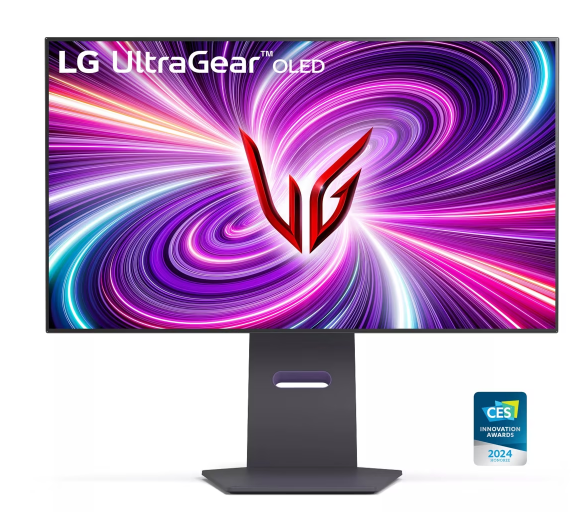
LG UltraGear 32GS95UE
32-inch 4K OLED with 240Hz refresh rate, 0.03ms GTG response time, and Dual Mode. Perfect for competitive and immersive gaming.
- 32-inch 4K OLED Display
- 240Hz Refresh Rate (4K)
- 0.03ms GTG Response Time
- Dual Mode (4K@240Hz / FHD@480Hz)
- DTS Headphone:X
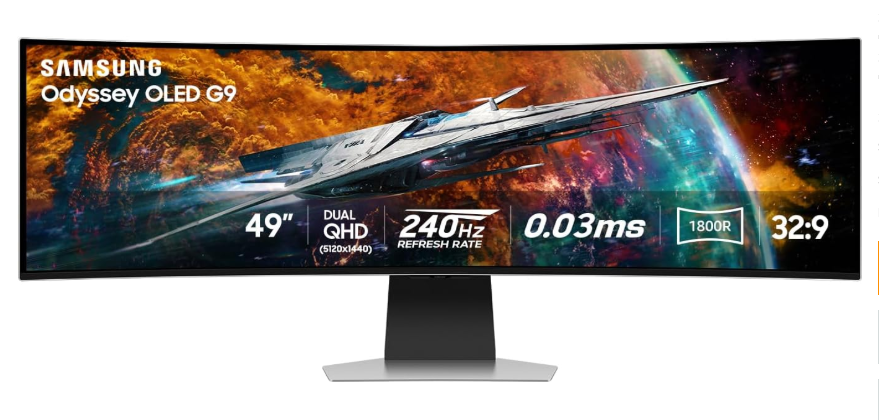
Samsung Odyssey OLED G8
34-inch curved OLED with 175Hz refresh rate and 0.1ms response time. Stunning visuals and immersive gameplay.
- 34-inch Curved OLED
- 175Hz Refresh Rate
- 0.1ms GTG Response Time
- Quantum Dot Technology
- Smart TV Experience
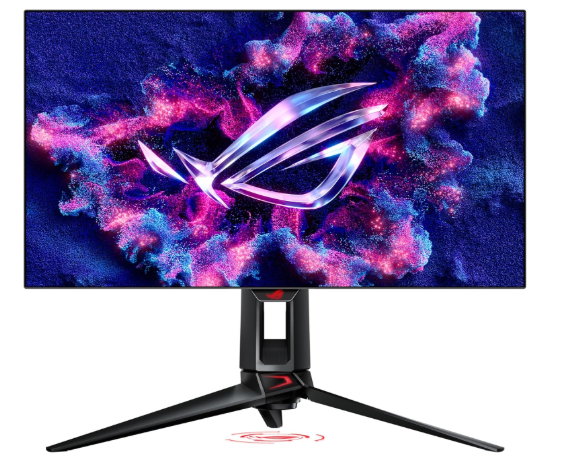
ASUS ROG Swift OLED PG27AQDM
27-inch QHD OLED with 240Hz refresh rate and 0.03ms response time. Exceptional clarity and speed for competitive gaming.
- 27-inch QHD OLED Display
- 240Hz Refresh Rate
- 0.03ms GTG Response Time
- Custom Heatsink
- Uniform Brightness
Our Ranking Methodology
Data-Driven Approach:
Our weekly brand rankings are meticulously compiled using a sophisticated algorithm that analyzes multiple data points from across the web. This includes real-time social media sentiment, search engine trends, consumer review scores from major retail platforms, expert reviews from tech publications, and market performance indicators.
Algorithm & Weighting:
Our algorithm processes these diverse data inputs, weighting them based on their relevance and impact on brand performance. This allows us to identify not just the most talked-about brands, but those with genuine positive momentum and market influence. The algorithm is continuously refined to adapt to evolving online behaviors and market dynamics.
Transparency & Impartiality:
We are committed to providing unbiased rankings. Our methodology focuses on objective data points, ensuring that our insights are driven by market reality rather than subjective opinion or promotional interests.

